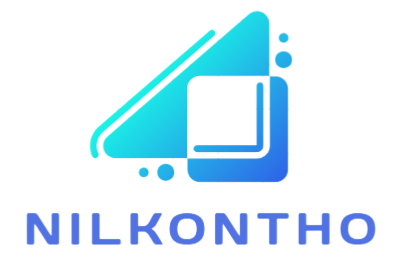In the United States, the electric company is a complex web of generation, transmission, and distribution businesses that keep the lights on across the vast nation. It is not a single entity. Over a century, this intricate system has changed to meet shifting requirements and advances in technology. Let’s take a look at the structure, major players, and current industry trends that are shaping US electric companies.
A Complex Framework:
The three parts of the US electric grid are as follows: Generation: Power plants energized by different sources like coal, gaseous petrol, atomic, hydro, sun-based, and wind produce power.
Transmission: From generation plants to regional hubs, electricity is transported over long distances via high-voltage power lines.
Distribution: From the hubs, electricity is delivered to homes and businesses via local power lines.
The Players on the Field:
The electric organization scene is a different blend of financial backer-claimed utilities (IOUs), cooperatives, metropolitan utilities, and free power makers (IPPs).
Utilities possessed by financial backers (IOUs): The dominant players are these for-profit organizations, which create, communicate, and distribute power across vast districts. Duke Energy, Exelon, and NextEra Energy are all included in the models.
Electric Cooperatives: These member-owned, non-profit organizations’ primary focus is electrification of the rural areas. Distributing electricity to their members, they acquire it from wholesale markets.
Utilities for the City: Guaranteed and worked by neighborhood state-run organizations, these utilities serve unequivocal metropolitan networks or towns. Two models are Seattle City Light and the Los Angeles Branch of Water and Power (LADWP).
Independent power producers, or IPPs, are: These businesses own and operate power plants, but they do not directly distribute power to customers. They supply utility companies with electricity through wholesale markets.
Trends in the Industry’s Changing Landscape:
The landscape of electric companies in the United States is being significantly altered by the rise of renewable energy sources. Concerns about climate change and energy security are driving a shift toward renewable energy sources like wind and solar power.
Decentralization: The ascent of dispersed age, wherein power is delivered nearer to where it will be utilized, similar to housetop sunlight-based chargers, represents a danger to regular, incorporated power plants.
Software for Smart Grids: Advanced metering infrastructure and grid automation are being implemented to effectively integrate renewable energy sources, and improve efficiency and dependability, and both of these goals are being achieved.
Client Choice: More choices for power supply, including the capacity to choose suppliers of environmentally friendly power, are being requested by clients.
Opportunities and Challenges:
The landscape of electric companies in the United States faces several obstacles: A large part of the country’s power network is maturing and requires huge speculation for modernization.
Security Concerns: The rising dependence on innovation makes the matrix helpless against cyberattacks.
Changing the Renewables: To incorporate intermittent renewable energy sources like wind and solar into the grid, innovative solutions for energy storage and grid management are required.
However, these challenges also present opportunities:
Modernization: It is possible to increase grid resilience, increase efficiency, and create jobs by upgrading infrastructure.
Innovation: Innovation in smart grid technologies and energy storage solutions is being driven by the requirement for cybersecurity and renewable energy integration.
Customer Commitment: Providing customers with choices and information can support the expansion of renewable energy and improve energy efficiency.
The Way Forward:
The electric company landscape in the United States is changing in the future. To satisfy the rising need for clean energy, the business should change, consolidate innovations, and address foundation issues. To ensure a sustainable, affordable, and reliable electric grid in the future, it will be necessary to collaborate with utilities, regulators, customers, and policymakers.
Consider the following additional points:
Regulation: the role that government regulation plays in protecting consumers, the environment, and fair competition.
Changes in the climate’s impact: How outrageous climate occasions can disturb power age and dissemination.
Energy efficiency’s role: methods for using less energy and putting less pressure on the grid.
Microgrids’ potential: Independent power frameworks that can give power to nearby networks in the event of blackouts or during top interest periods.
I hope this gives you a complete picture of the electric company industry in the United States. We can work toward a nation’s brighter and more sustainable electric future by comprehending the current state and future trends.
